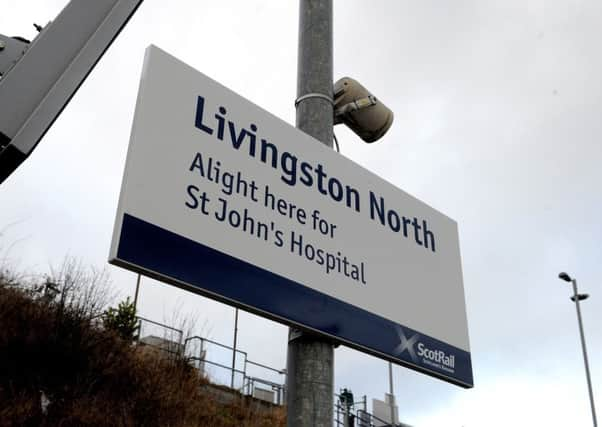David Alexander: Branching out into the commuter belt
This article contains affiliate links. We may earn a small commission on items purchased through this article, but that does not affect our editorial judgement.


The commuters’ beef was not so much about delays or cancellations but on what the protesters believed was an inadequate number of coaches provided by ScotRail.
Clearly this was a problem for passengers but some other people might also see something of an opportunity, as it suggested that Musselburgh was increasing in popularity as a commuter town.
Advertisement
Hide AdAdvertisement
Hide Ad“Some other people” in this case could include investors in buy to let, unable or unwilling to pay the prices being demanded for relevant properties in Edinburgh or Glasgow and seeking lower-entry opportunities in towns like Musselburgh, which still offer prospects for rental income and capital growth.
Scotland has had three traditional rental hotspots – Edinburgh, Glasgow and Aberdeen – although the latter has been diminished somewhat in recent years for obvious reasons. However bubbling beneath the surface are a number of “secondary” rental markets where income and investment performance is less spectacular than in the New Town, Park Circus or similar locations but which can still provide highly-acceptable returns, based on considerably lower capital outlay.
Most of the Musselburgh commuters are likely to be owner-occupiers but the scheduled journey (six minutes to Waverley for the fastest service if punctual) explains the demand for seats. Consequently it seems reasonable to infer that this pleasant coastal town could be ripe for growth in terms of accommodating professionals working in central Edinburgh who rent privately.
An area of the country where this has borne some fruit is West Lothian, not previously noted as a commuter area, but which thanks to the extension (and electrification) of the Edinburgh to Bathgate rail line now provides a direct and frequent service to Glasgow as well as the capital.
It is now common among young professional couples in Scotland for one of them to work in Glasgow and the other in Edinburgh or vice versa. Consequently, the financial savings (and lifestyle benefits) accrued from a home location that is comfortably commutable to both cities cannot be overestimated.
For this reason, Livingston has become, for some renters, an acceptable compromise, leading to clear benefits for private landlords in the town. According to Citylets, the average monthly rent for a two-bedroom flat in Livingston during the last quarter of 2016 was £619 a month.
Advertisement
Hide AdAdvertisement
Hide AdAt first glance this compares poorly with the £921 a month earned by a similar-sized property in Edinburgh but then the capital flat is likely to cost twice as much to buy on the open market. Even within the cities there are secondary markets which may prove attractive to the cannier buy to let investor.
The Carrick Knowe district of Edinburgh, for example, is located just three miles south-west of Stockbridge, the latter a magnet for professionals and artistic types which attracts high prices and rental rates to boot. Carrick Knowe, by contrast, is made up of “cottage-type” flats, occupied mainly by working-class folk. Yet it is quite often the case that the Carrick Knowe property will produce a superior rental yield compared to Stockbridge.
The big disadvantage of a commuter town compared to a city is that, historically, rental property in the latter has almost certainly produced a superior rate of capital growth and starting from a higher price base.
This is unlikely to change. But the secondary market might be a good point of entry for the “nervous” newcomer to buy to let or someone whose financial resources do not extend to Edinburgh or Glasgow city centre but who still believes – correctly – that a modest but wise property investment is preferable to leaving cash in a savings account paying out less than the annual rate of inflation.
• David Alexander is managing director of DJ Alexander